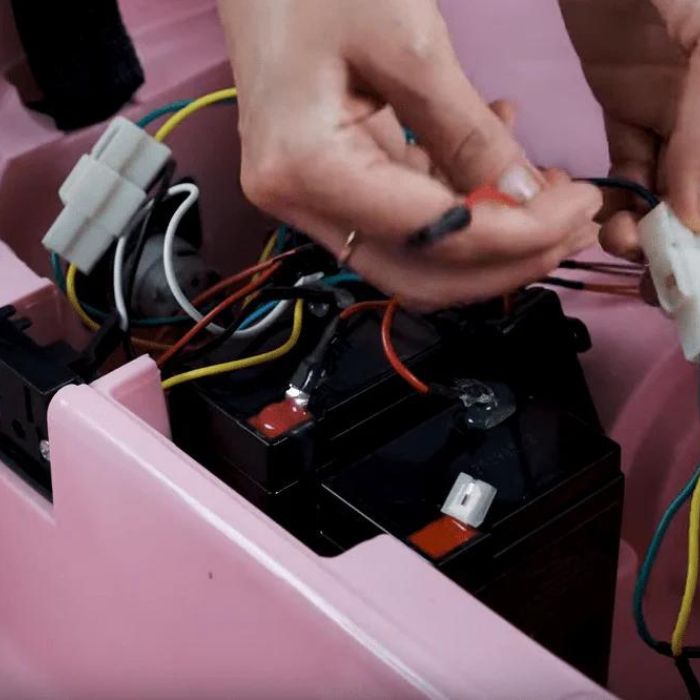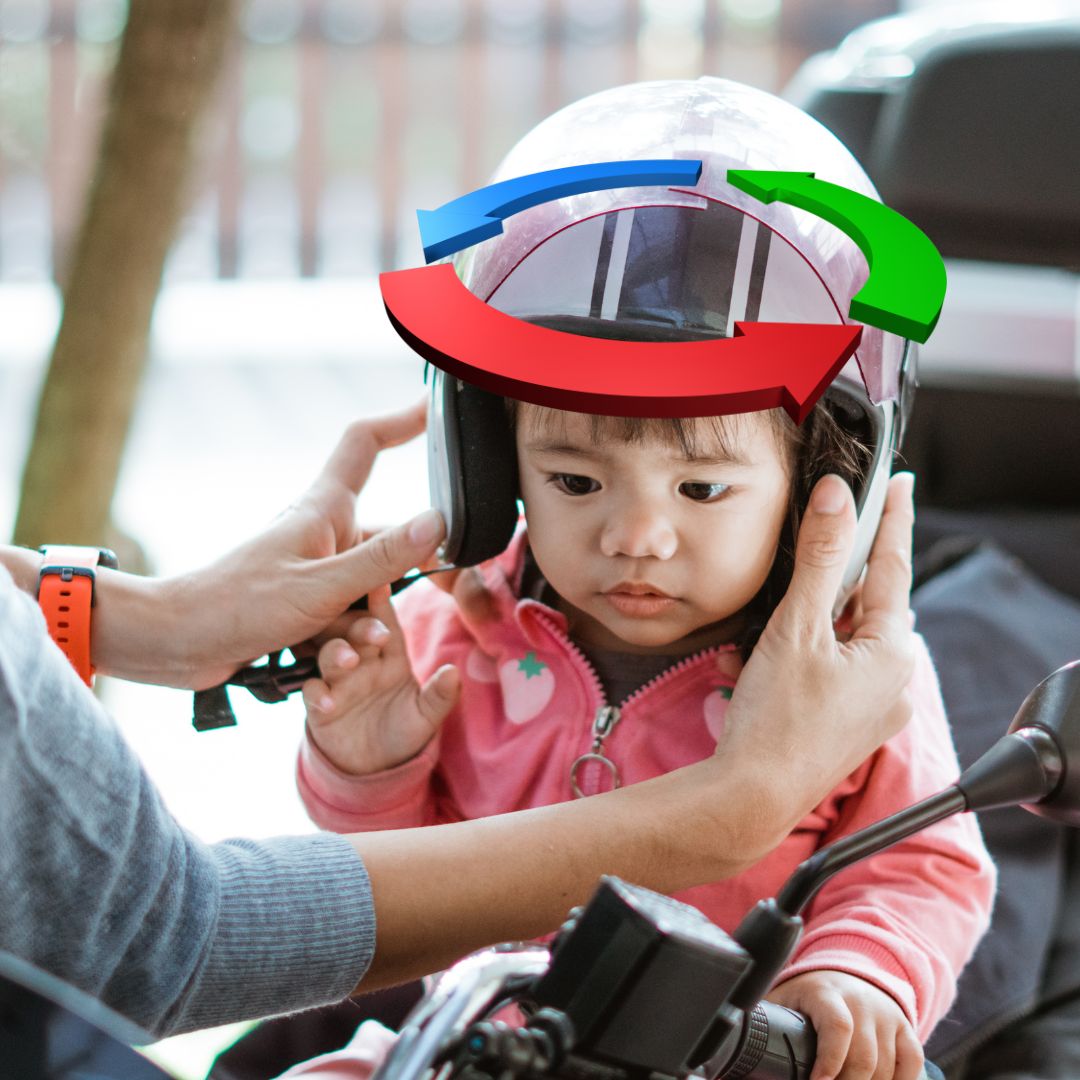Updated: 8.4.25
Are you tired of buying a ride-on car only to find the battery doesn’t last as long as expected?
You’re not alone. Many parents face the same frustration when batteries fall short of playtime expectations.  But the good news is, there are proven ways to extend the life and performance of your child's ride-on car battery.
But the good news is, there are proven ways to extend the life and performance of your child's ride-on car battery.
In this guide, we’ll walk you through how to get the most out of your ride-on car battery, so your child enjoys longer playtime—and you get the most value from your investment.
Step 1: The Initial Charge Matters
The first charge is the most critical. Always follow the manufacturer's recommendations and charge the battery for a full 8 to 12 hours before the first use.
This helps set the battery’s memory and maximises its potential lifespan. Cutting corners here could mean more frequent replacements down the line.
Step 2: Always Fully Charge Before Use
Topping up might seem convenient, but partial charges can degrade the battery over time.
Instead, make sure each charge is complete before your child takes off. This helps the battery reach and maintain its full power capacity.
Step 3: Avoid Complete Battery Drain
Letting the battery fully deplete can damage its internal cells. When you notice the car slowing down, it’s time to recharge.
Frequent deep discharges shorten battery life—so don’t wait until it completely dies.
Step 4: Charge Every 2–3 Weeks
Even if the car isn’t being used, the battery needs attention. We recommend topping it up every 2 to 3 weeks, especially for lead-acid batteries.
Before storing the car long-term, fully charge the battery and disconnect the red (positive) terminal. This prevents slow depletion and keeps the battery in great shape for next time.
Types of Ride-On Car Batteries
Understanding your battery type can help you care for it better. Here’s a quick comparison:
- Lead-Acid: Affordable and reliable, but heavier and requires more frequent maintenance.
- Lithium-Ion: Lightweight and longer-lasting, with faster charging—but they’re also more expensive and temperature sensitive.
Choose based on your child’s usage and your budget. If you need longer life and convenience, lithium-ion might be worth the extra investment.
Battery Safety Tips
Safety should always come first. Follow these tips to avoid accidents and keep your battery working its best:
- Avoid overcharging or undercharging—it can reduce lifespan or create hazards.
- Always use the correct charger that came with your ride-on car.
- Replace batteries safely and recycle old ones responsibly.
- Store the battery in a cool, dry place away from direct sunlight and heat sources.
- If you see leakage, swelling, or damage, stop use immediately and replace the battery.
Troubleshooting Common Battery Problems
If your battery isn’t performing, here’s what to check first:
- Ensure connections aren’t loose or corroded.
- Test your charger to see if it’s functioning properly.
- Use a voltmeter to verify battery voltage.
- If the battery is several years old, it may simply be time for a replacement.
If none of these work, contact the manufacturer or a technician for further assistance.
Extra Maintenance Tips for Your Ride-On
Keeping the entire car in top shape helps the battery last longer too. Here’s what to do:
- Clean the car regularly to prevent dirt buildup that can affect mechanics.
- Store indoors when possible to avoid extreme temperatures and weather damage.
- Check for wear and tear on wheels, motors, and wiring.
- Stock up on replacement parts for quick fixes and better performance.
In Summary
By following these steps, your child’s ride-on car battery can stay healthier for longer—delivering more joy per charge. A well-maintained battery means more uninterrupted fun, less frustration, and fewer replacement costs.
Need a replacement battery or charger? Browse our collection at riiroo.com.
FAQs
How long should a ride-on car battery last?
With proper care, most ride-on car batteries last between 1 to 3 years depending on usage, charging habits, and battery type.
How do I know when the battery needs to be replaced?
If the ride-on car doesn’t hold a charge, struggles to power up, or loses performance despite correct charging, it may be time for a new battery.
Can I leave the battery plugged in overnight?
Yes, as long as you’re using the charger provided by the manufacturer. Modern chargers stop supplying power once the battery is full.
Is it okay to charge the battery after every use?
Absolutely. Charging after each use is ideal, just make sure the battery has time to cool down before plugging it in.
Do I need to remove the battery for winter storage?
Not always, but you should disconnect the red (positive) terminal and give it a full charge before storing the vehicle. Store the battery in a cool, dry place.






Share:
Troubleshooting Common Problems with a Kid's Ride-On Car Charger
How to Choose the Best Ride-On Tractor for Your Child